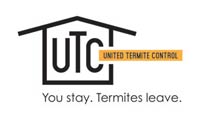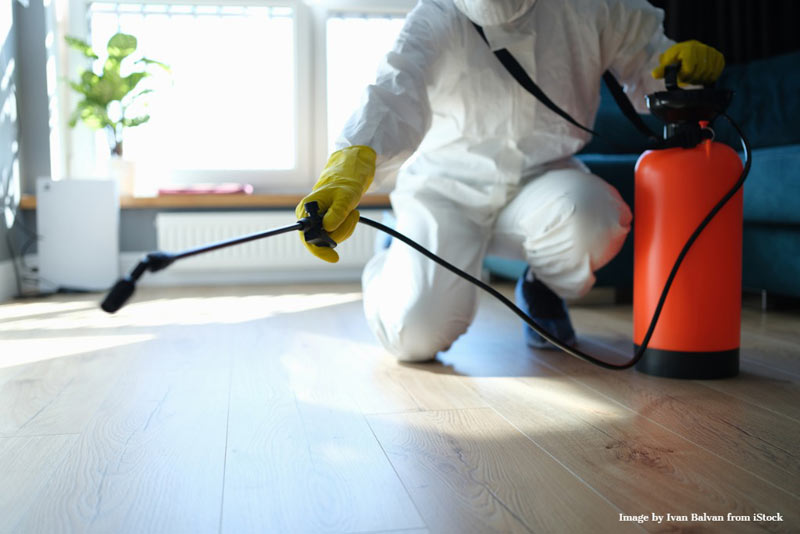Alternatives to Fumigation: Pet-Friendly & No-Move Options for Termite Treatment
Termites are silent destroyers, responsible for billions of dollars in structural damage every year. If you’ve discovered signs of termite activity in your home, your first thought might be fumigation. While tenting is sometimes necessary, it isn’t the only option. Modern termite treatments include safe, eco-friendly, and pet-friendly alternatives that don’t require you to move out of your home.
This guide explores proven alternatives to fumigation—including termite baits, boric acid, heat treatments, orange oil, and spot applications—that can protect your property without disrupting your life.
Why Look for Alternatives to Fumigation?
Traditional fumigation involves sealing your home in a tent and filling it with toxic gases. While highly effective for widespread drywood termite infestations, fumigation comes with drawbacks:
- Disruption to daily life: You must leave your home for several days, remove pets, plants, and food, and sometimes bag or store belongings.
- Safety concerns: Fumigants are poisonous to humans, pets, and wildlife.
- No lasting protection: After fumigation, there is no residual defense against future infestations.
For homeowners with pets, children, or busy schedules, fumigation often feels like a last resort. Thankfully, there are safer, no-move alternatives.
Pet-Friendly Termite Treatments
If you share your home with pets, finding a safe solution is essential. Modern pest control providers offer a range of effective, eco-conscious options:
1. Liquid Barrier Treatments
These soil-applied treatments form a protective barrier around your foundation. Once dry, they are safe for pets and continue to repel or kill termites that cross the treated soil.
2. Boric Acid Applications
A naturally derived insecticide, boric acid interferes with termites’ ability to digest food. It is much less toxic to humans and pets compared to harsh chemicals, making it a trusted option when applied by professionals in targeted areas.
3. Termite Baiting Systems
Installed strategically around your home, bait stations contain slow-acting termiticides carried back to the colony by worker termites. The colony gradually weakens and eventually dies out. Baits are safe, discreet, and do not require vacating the property.
4. Heat Treatments
Heat methods raise the temperature in infested areas to levels that termites cannot survive. Because no chemicals are used, heat is entirely safe for households with pets or chemical sensitivities. Treatments are typically completed in a single day.
5. Orange Oil Treatments
Derived from orange peels, orange oil contains d-limonene, a substance that kills termites on direct contact. When injected directly into infested wood, it kills termites inside. Orange oil is considered safe for pets and people when applied correctly. It is best suited for localized drywood termite infestations, as it requires direct contact and does not offer long-term residual protection.
Why homeowners choose these treatments: They are effective, eco-friendly, and safe for pets—offering peace of mind while eliminating termites.
No-Move Termite Solutions
One of the main frustrations with fumigation is the need to vacate. Fortunately, many alternatives allow you to remain at home during treatment:
- Spot Treatments: Localized applications, including injections with termiticides or orange oil, are effective for small infestations.
- Bait Stations: Provide continuous protection with minimal disruption.
- Heat Treatments: Completed in hours, not days, with no need to relocate.
With these solutions, your daily routine continues uninterrupted, and your pets stay safe at home.
The Role of Regular Termite Inspections
Regardless of treatment choice, inspections are critical for long-term protection. A professional inspection every 1–2 years helps:
- Detect new infestations before severe damage occurs.
- Verify that past treatments remain effective.
- Provide prevention tips tailored to your property.
Many pest control companies also offer bundled inspection and monitoring services, ensuring you stay protected year-round.
FAQs About Pet-Friendly & No-Move Treatments
Is orange oil as effective as fumigation?
Orange oil works best on localized drywood termite infestations. It is not effective for large or hidden colonies, where fumigation or alternative methods may be necessary.
Are heat treatments safe for furniture?
Yes. The process is carefully controlled to avoid damage. Some electronics or sensitive items may need to be removed temporarily.
How quickly do bait systems work?
It can take weeks to months for baits to eliminate a colony, but they provide long-term monitoring and prevention.
Are liquid barriers safe for pets?
Yes, once dry. Pets should be kept away during application, but afterwards, the treated soil is safe.
Choosing the Right Termite Solution
The best option depends on:
- The type of termite (drywood vs. subterranean).
- The extent and location of the infestation.
- Household needs, including pets and allergies.
- Your budget and long-term goals.
Scheduling a professional inspection is the first step in determining the best treatment approach.
Your Safe Path to a Termite-Free Home
You don’t have to sacrifice safety or convenience to eliminate termites. By considering alternatives like baits, boric acid, orange oil, heat, and spot treatments, you can protect your home without the disruption of fumigation.
At United Termite Control, we’ve been protecting Southern California homes for over 20 years. Our experts specialize in pet-friendly, no-move termite solutions tailored to each household’s needs. From inspections and treatments to long-term monitoring, our team is ready to support you.
Contact us today to schedule your termite inspection and discover a safer, more convenient way to keep your home termite-free.

